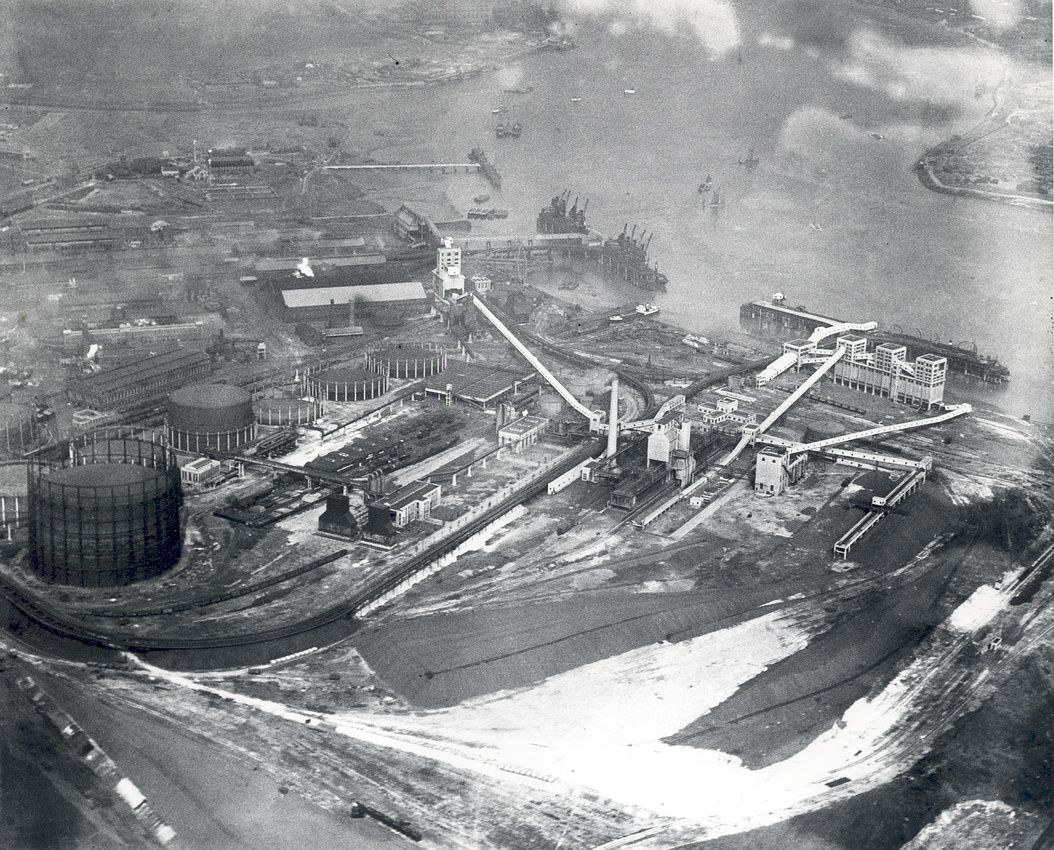Environmental Roots of Urban Inequality
My primary research investigates the formation and development of racial-environmental inequality in cities, linking spatial, quantitative, and computational and machine learning methods to produce novel longitudinal data. This research is enabled by historical social-environmental data extraction techniques using a variety of computational methods (see this article on machine learning approaches to analyzing archival data). In a case study of the Providence, RI, area, I find that environmental inequality shifted from a class-based phenomenon to one structured primarily by race and ethnicity, as residential segregation began to solidify at the neighborhood level at the turn of the 20th century (see this article). My dissertation extends this research to conduct the first comparative analysis of urban environmental inequality in the late 19th and early 20th centuries. I find that the racialization of environmental inequality emerged alongside and in relation to the initial formation of segregated and unequal neighborhoods.

Image source: Newham Photos.